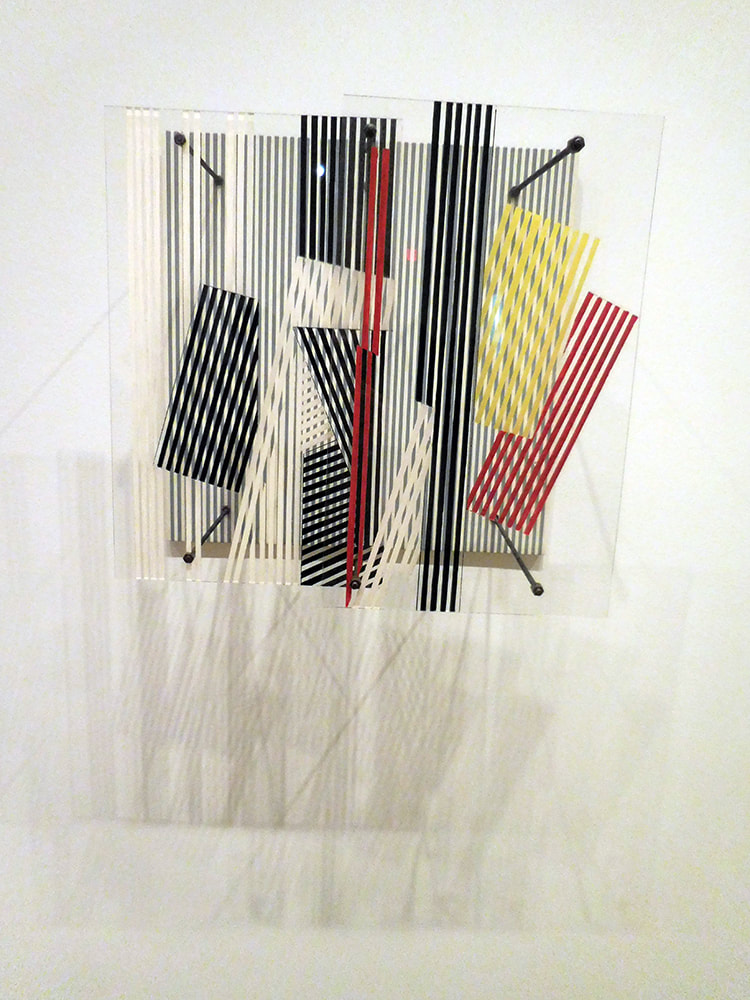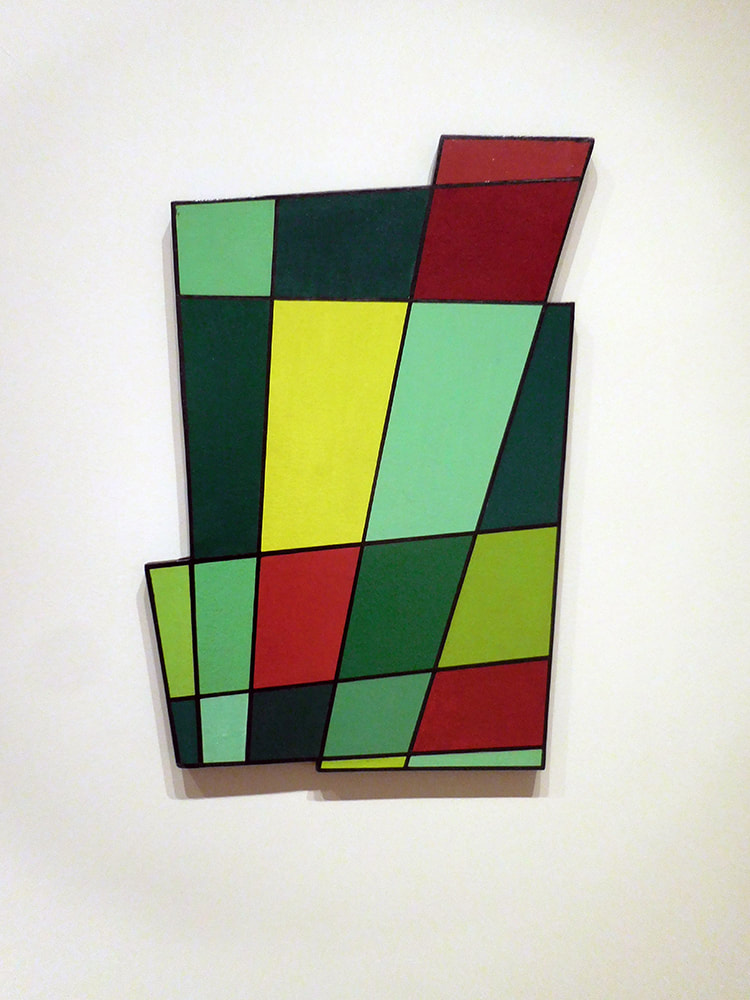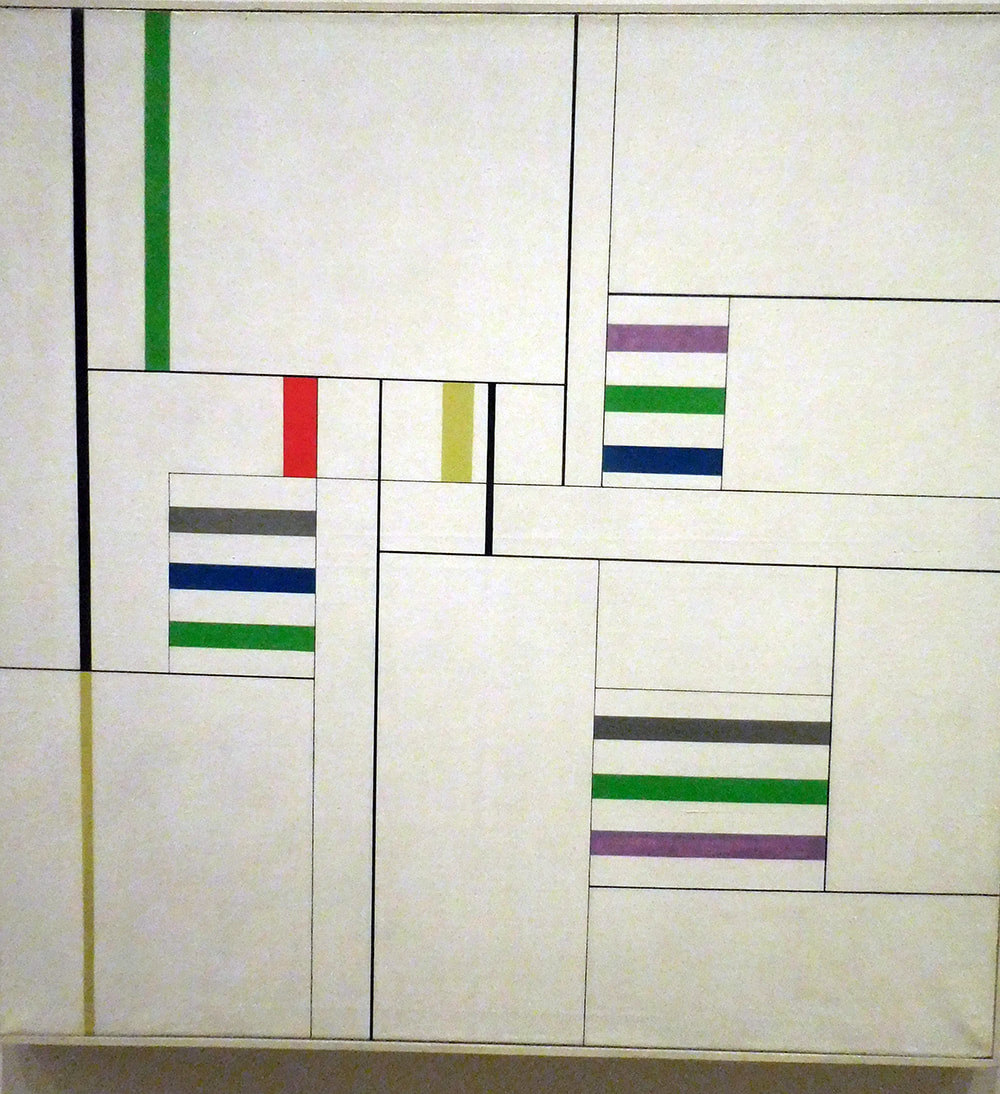ART REVIEW: "Sur moderno: Journeys of Abstraction" “Sur moderno: Journeys of Abstraction” at the Museum of Modern Art in New York City presents works of abstract and concrete art created by artists from Brazil, Venezuela, Argentina, and Uruguay during the mid-20th century. The majority of the works were donated to the Museum by the Colección Patricia Phelps de Cisneros.
At the outset, it is somewhat strange to segregate an exhibition of 20th century modern art by region. The modern art movement of the 20th century was very much an international movement. Furthermore, anything that hinted of nationalism would have been objected to by most of the left-wing artists of the day. Accordingly, there is nothing in these works that identifies them as uniquely South American. Indeed, the works by Aleksandr Rodchenko and Piet Mondrian that are included in the exhibition show the influence such foreign artists had on the work of the South American artists. But the focus of this exhibition is justified on the grounds that it shows that South America did participate in this artistic movement. While the works are not uniquely South American, they are good examples of 20th century abstract and concrete art. The theme of the exhibition is the concept of transformation: “a radical reinvention of the art object and a renewal of the social environment through art and design.” It presents this theme in two parts. In the first section, “Artworks as Artifacts, Artworks as Manifestos” are works that sought to get away from the traditional structures of painting and sculpture. The works include canvases that have been cut, folded, or extended into three dimensions thus breaking through the traditional dividing line between painting and sculpture. Some of these artists believed that their artisitic innovations could transform social consciousness by opposing traditional bourgeois art forms. Others signed a manifesto that stated that all representaional art was passe and therefore they were reinventing the concepts of space, time, movement and matter. Of course, time has proven that representational art is not passee and that the shape of a work of art does little, if anything, to change social consiousness. However, while the thinking underlying these works may not have survived the test of time, the works themselves are often visually interesting. It underscores that once an artist completes a work, the work takes on its own life in which the artist has no control over what its says and its impact on the viewer. In the second section, “Modern as Abstract,” the exhibition shows the effect of modern abstract art had on everyday life. Examples are presented of how the geometrical principles of abstract art were applied in the design of furniture, buildings, textiles and graphics. Artists saw themselves as allies with architects and designers in a cross-disciplinary “synthesis of the arts.” A more realistic view of what was happening was that this “revolutionary” art was simply being co-opted into the establishment. What had been meant to be new and challenging became mundane and ordinary. As time progressed and it became more and more incorporated into every day objects, modern geometric design was no more challenging than plaid. Thus, once again, all we are left with is whether these works are visually appealing. For the most part, we would say yes. |
Jesus Rafael Soto "Doble transparencia". A three dimensional work designed to "make the work of Mondrian move."
Above: Juan Mele, "Marco Recortado No. 2"
Below: Alfredo Hlito, "Ritmos Cromaticos III" |
Art review - Museum of Modern Art - "Sur moderno: Journeys of Abstraction"


